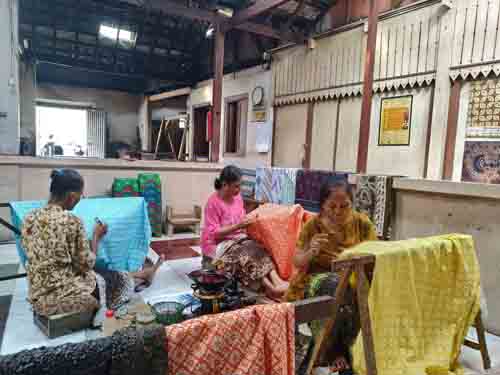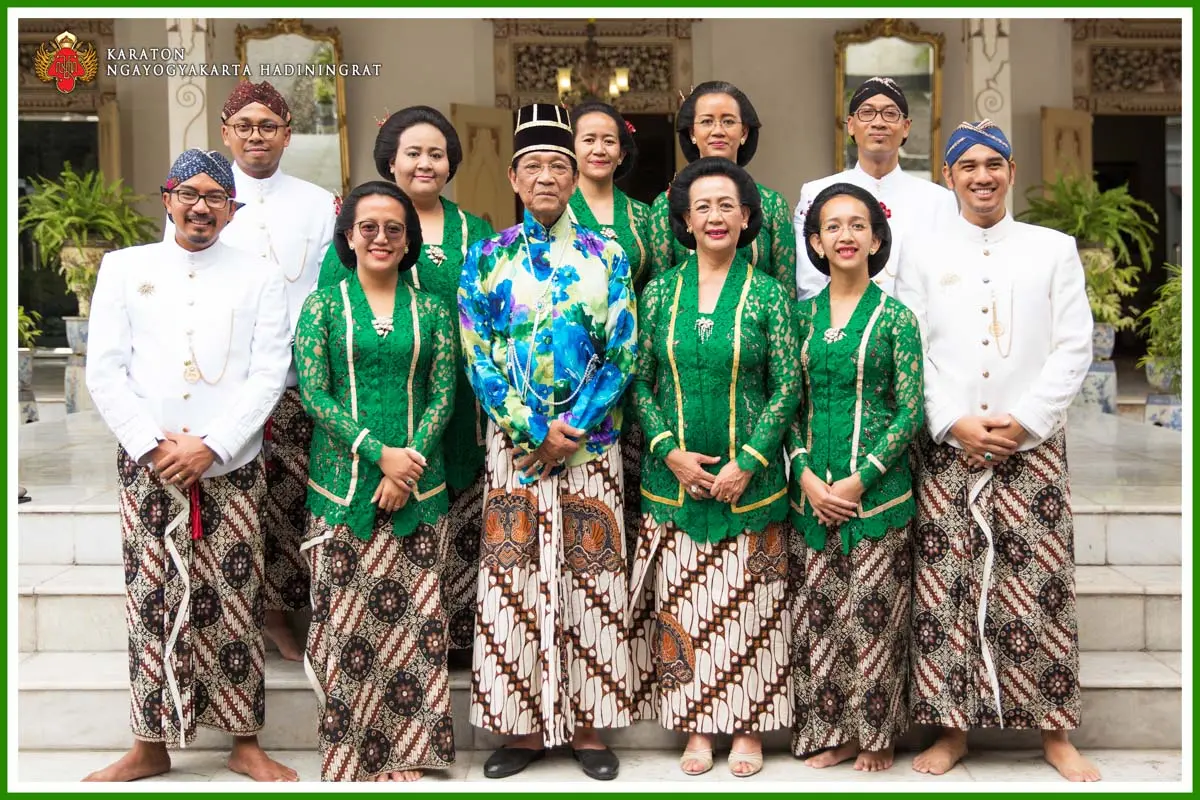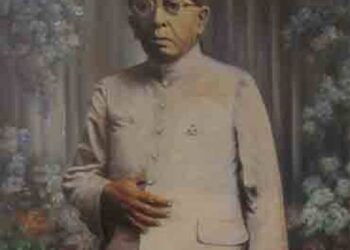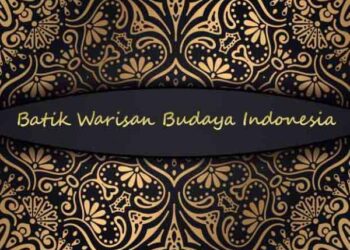Today, Batik is in a time of popularity. Batik has been designated as Indonesian Cultural Heritage which is an intangible cultural heritage by the United Nations Educational, Scientific, and Cultural Organisation (UNESCO) precisely on 2 October 2009. Batik is an art of drawing on fabrics for clothing. This art of drawing is not only the origin of drawing but what motifs are drawn also has a philosophical meaning. This batik motif philosophy is closely related to Javanese culture which is very thick with symbols that have been deeply rooted in the philosophy of Javanese people’s life.
Before arriving at the world recognition of The Batik is recognized as an intangible cultural heritage of the Indonesian people (Intangible cultural heritage), the researchers will discuss several things related to the reasons for The Batik which the Indonesian nations struggled for as a cultural heritage and Batik which became the cultural identity of the Indonesian nations in the era of globalization. Some of these things include the history of Batik in Indonesia, elements that support batik as an Indonesian cultural heritage, and batik as a cultural identity of the Indonesian nation in the era of globalization.
History of Indonesian Batik
In cultural specialties, Batik is one of the ancient art that has high cultural value. Batik is derived from the Javanese word “amba” meaning write and “nitik” means point. What is meant is writing with candles. Batik according to Sularso (2009: 23) refers to a fabric with a pattern produced by the night material (wax) applied to the fabric to withstand the entry of dye material.
Although the word batik is referred to from the Javanese language, the true origin of batik is still a mystery and is still being debated today. In 1677, there is historical evidence of the silk trade from China to Java, Sumatra, Persia, and Hindustan. Also, there are written records regarding the export of batik from Java to Malabar in the records of 1516 followed by 1518. In the notes, it says about beautiful dyed fabrics called Tulis (Javanese) which in Indonesian also means writing. Written batik is usually called “classic batik” or “pure batik”. Van Roojen (2001) states that what is meant by classical batik originates from the underlying cultural currents, namely during the kingdom of Mataram II (1575-1755) on the island of Java. The classical term refers to the decoration from the pre-Hindu, Hindu-Javanese Majapahit era, and the sultanate era that came from the influence of the Islamic Kingdoms of Demak and Pajang.
Initially, batik was only used by Javanese aristocrats who lived in the Kingdom. began to expand outside the palace in line with the needs and developments of the era from individual needs to industrial needs. The batik industry in its simplest form is thought to have begun to develop in the 10th century when Java imported a lot of white cloth (Mori cloth) from India as revealed by various ancient sources.
The history of batik is dominant on the island of Java considering that this island has a high population density since ancient times and even now. Because of this level of population density, it is recorded in history that there were many kingdoms on the island of Java. According to Sularso (2009) that “India has written about Dwipantara or the Hindu Kingdom of Djawa Dwipa on the island and Sumatra around 200 BC (Before Century).” The track record of the island of Java has confirmed it as a center for the art of batik which has developed until now. It has been recognized by the world that Batik reached its golden peak in Java during the Mataram I to Mataram II period, which was divided into the Surakarta and Yogyakarta palaces.
Javanese batik is known to be very intricate, which means it has a high level of complexity in terms of motifs and coloring. In terms of motives, Javanese batik has motifs that are thick with a philosophy of life. Batik cloth with its decorations and motifs has been rooted in Javanese culture and has their respective functions, ranging from the function of holding a baby, to mats, blankets, especially for the king to wear, especially for the bride and the groom to cover the corpse (Hardjonagoro, 1999, 65).
The creativity of this batik art is not only concerned with local culture or Javanese culture but also meets foreign cultures in line with the busy trade relations between countries. Javanese culture that is in contact with other cultures, such as in terms of trade with China, India, and the Middle East, gives its color in its various motifs. The popularity of batik began to increase in the late 18th century or early 19th century. The emergence of stamped batik marks the era of industrialization. Also, since industrialization and globalization introduced automation techniques, a new type of batik has emerged, namely printing batik. This batik printing has a lot to influence the direction of the batik industry because the process is faster and the price is much cheaper than written batik. Thus, the emergence of the industrialization era also marks the high and cheap price of batik, especially the stretching of the batik cloth industry in Java.















